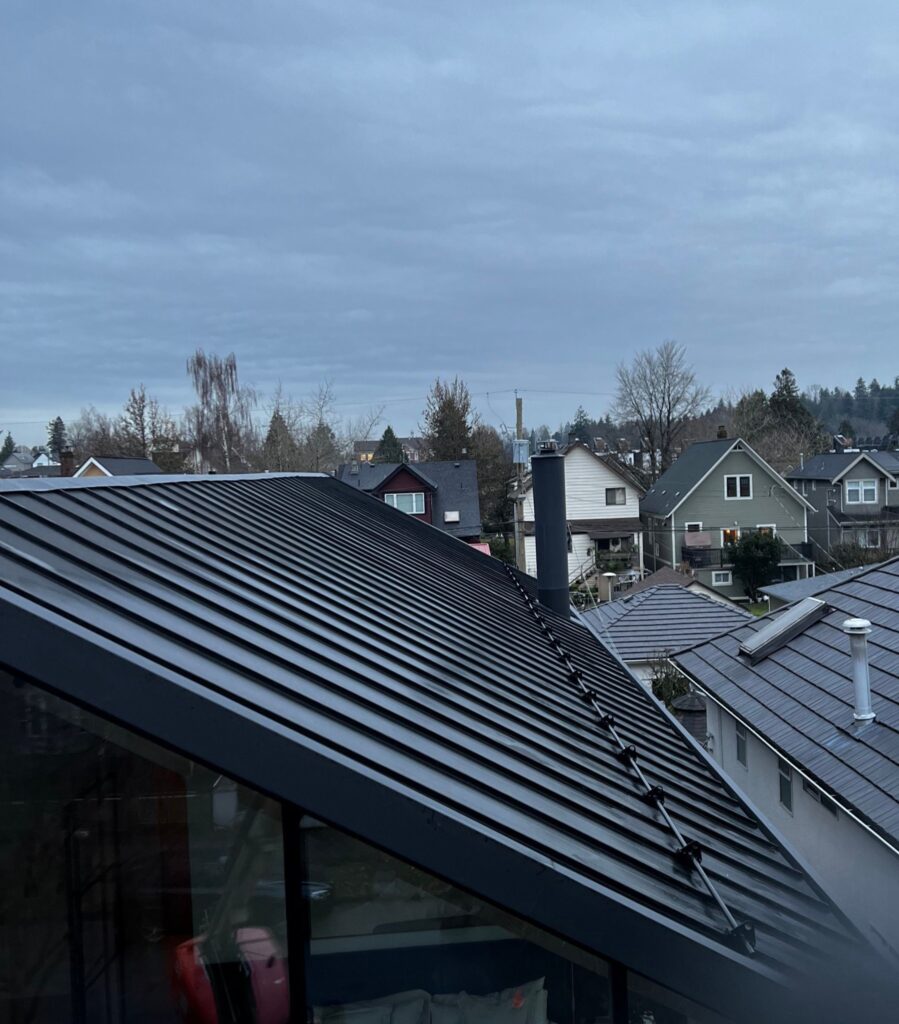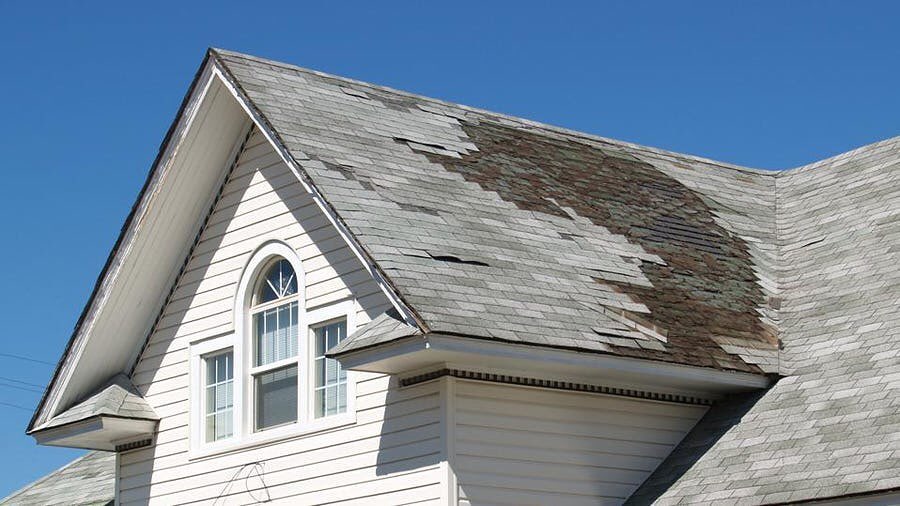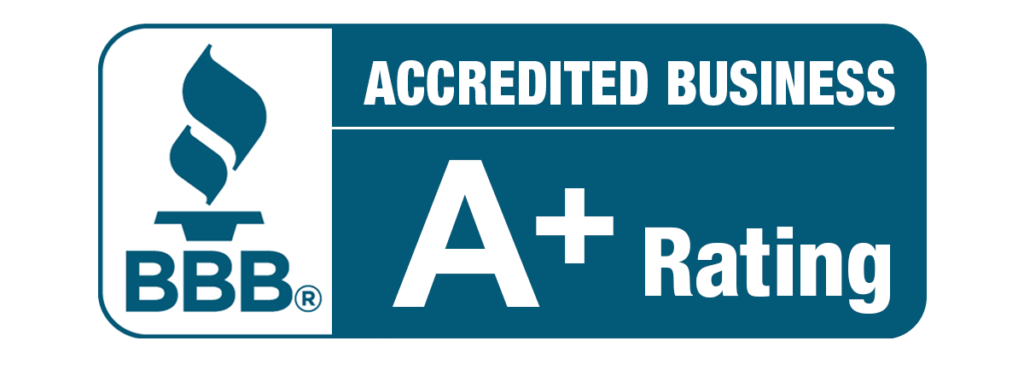Roof Inspections

Rain, wind, snow, and hail — it’s as if Mother Nature had a bone to pick with homes in the Pacific Northwest. As roofing specialists, Eco Exteriors completes thousands of dollars worth of repairs every year that could have been limited or prevented with a roofing inspection. After a torrential rainfall or a raging windstorm, even a new roof can sustain damage. Often enough, those damages have nothing to do with the installation of your roof, but rather the power of modern storms. This is especially true in North Vancouver, or anywhere in the Vancouver area. One of the best ways to avoid replacing an entire roofing system is to book an inspection. Indeed, roofs that are expertly checked each year last longer on average than those that are not. But what exactly is a roofing inspection and when is the best time to book one? Below, we detail everything you need to know about this crucial piece of maintenance, including how often you should have a professional see to your roof and what is covered in your professional inspection. What is a roof inspection? A roof inspection is a special appointment that ensures that your roof is healthy and ready to withstand the heavy rains and winds that are worsening every year in the Lower Mainland. This is an easy, money-saving call that provides assurances that your family will be protected all year, no matter what comes sweeping in from the coast. Here are some of the signs you need an emergency roof inspection: • Lost or damaged shingles • Green algae spots • Leaning or crumbling chimney • Dead tree limbs or branches on roof • Dry, Cracked, or loose caulking • Torn or sagging flashing • Rusty or dislodged gutters Eco Exteriors’ professional inspectors use non-destructive techniques and the latest in infrared technology, which means they will not rip open your shingles or pull away your flashing. What they will do, however, is offer you peace of mind that your roof will make it through the rainy season unharmed. 6 reasons to get a roof inspection Even the most well-made roofs can crack or wear. Even though you may have a warranty or lifetime guarantee, that doesn’t stop nature and time from pelting your roof with hot days, rough rains, and cold snaps. Your roof is the number one protection from the outside world, and as such, it is a primary cause for costly and unplanned repairs. Here are the top six reasons your roof may need an inspection. Aging and Weathering No roof is immune to the effects of time, which is why aging and weathering is the number one reason to call for an inspection. If you’ve gone a year or more without an inspection, you should give Eco Exteriors a call to assess the potential damage from the previous years’ weather. Signs of an aging roof are asphalt granules in your storm drains, fissures or tears along ridges, and faded or eroded areas near your flashing or gutters. Secondary Installations Damage If you’ve had technicians in to repair a roof AC unit, satellite dish, or install an addition, then you need to call for a roofing inspection. Professional and assiduous installers can accidentally puncture decking or dislodge some shingles without noticing. A roofing inspection can check the surrounding area after the work has been completed and note any required repairs. These are often quick fixes that cost significantly less than they will later, once water and mold have eaten away at the underlayment or attic. Inadequate Drainage Drainage is an essential part of any roofing system. The proper flow of rainwater and snowmelt expels moisture from your roof and keeps your home dry and safe. During the winter months, ice can build up in your gutters and sit in one place for too long, which causes roof rot. Also, bent or disfigured gutters can push water underneath your shingles and reduce their efficacy. We recommend two seasonal roofing inspections a year for this very reason: one in the spring and one in the fall. To maintain your gutters and to ensure adequate drainage, we also offer a gutter repairs service. Leaks and Tears A leak can happen even if you don’t see the evidence in your walls or ceilings. Sometimes, a tear in your roof can damage your home for a year or more before you notice its there. But what you cannot see a professional roofing inspector can. Eco Exteriors can detect leaks and tears before excessive damage, saving you money. Storm Damage A brutal rainstorm or ice storm can decimate a roof. Sometimes the damage is obvious, such as a tree branch leaning on your shingles. But other times, the torn shingles or punctured panel isn’t seen upon first glance. After a heavy Lower Mainland storm, it’s best to call for a roof inspection. Debris and Organic Matter Fall leaves can build up in your gutters or eaves can cause more problems than you realize. Algae and mold, once it’s set in, eats away at your roof and lowers its ability to reflect sunlight and shed water. The worst part? Algae spreads. So it’s best to catch debris and organic matter build-up before it’s too late and you have to replace your roof. What Is Covered by a Roof Inspection? A professional roof inspection is a thorough examination of your roof; this isn’t a drive-by visit. Instead, you get expert advice on a range of factors that determine the health of your roof. This includes not only exterior factors bu interior ones, too. Here’s a full three-step breakdown of what’s covered in your Eco Exteriors’ roof inspection 1. Thorough Roofing Surface Inspection Your roof inspection begins with an examination of your shingles, panels, and seals. Any missing shingles or torn membranes will be found and noted in the inspection report. Also, gutters and eaves will be checked for blockages or deterioration. 2. Detailed Roofing Sub-Structure Inspection The real value of a
How To Maintain Your Roof and Spot Roof Damage Before Leaks Appear

Finding a roof leak isn’t as simple or as easy at is sounds. Often, the actual spot where the roof leaks is not always exactly where the water stains appear on your ceiling. In many cases you might not even see water dripping from your ceiling. Most of the time a roof leak doesn’t show up inside the home and you may not even be aware of it! Many homes have extensive overhangs and insulation which prevent you from seeing the leak, and at other times leaks drip down inside walls and not show up as wet spots. So, roof leaks can happen without being visible and often it is these hidden leaks that cause lead to mold, or structural damage. It’s important to have your roof checked regularly, but how do you spot roof damage before leaks appear? Identifying roof damage Perform an Outdoor Inspection: A visual inspection of your roof can help you find missing and damaged shingles, damaged shingles could be curled, cracked or torn. If this type of damage is localized to one area or covers less than 25% of the roof it may be able to be repaired. However, if it’s more extensive then you may need a roof replacement. If you think that your roof is damaged, here is a basic list of all of the things to look out for: Curling, loss of granulation, broken, damaged or missing composition shingles. Mold or decay, splitting or curling of wood shingles and shakes. Patches, cracks, tears or blisters on a flat roof. Tears or buckling around rood penetrations. Excess cement or crumbling cement. Decay and stains on soffits and fascia. Clogged or damaged soffits and ridge vents Decay or rusting gutters , gutters with leaky seams or filled with debris. Leaning, loose, or cracking on your chimney. Perform an Indoor Inspection: Look for moisture marks, brown, yellow, or grey stains, and peeling paint on walls and/or ceilings. All of these could indicate a damaged or leaking roof. Inspect your attic, if there is excess damp or you see pooled water then that could be sign or a leaking roof. If you experience a sudden surge in energy costs, then it could be a sign that the ventilation in your roof has been compromised. Pick up the phone, call a roofer and get a roof inspection You will be the first person that spots roof damage, but only a professional roofer can give you an actual report. A basic inspection could save you thousands of dollars in roofing repair costs by spotting minor damage before it becomes major. Pay Attention to Roof Flashings The majority of all leaks happen at flashings. This bodes well for roofing repairs because flashings can be easily repaired or replaced. Without good flashings water can enter a home or building and cause damage to walls, ceilings, insulation and electrical systems. If you get your gutters cleaned from us, we will check these for you. Flashings should be checked as part of a biannual roof inspection and gutter cleaning. Don’t Block Ventilation Proper ventilation is key to the durability of a roof. Without it, heat and moisture build up in an attic. Combined they cause rafters and sheathing to rot and shingles to buckle. Never block off sources of roof ventilation – even in the winter. The NRCA (National Roofing Contractors Association) recommends a minimum of 1 square foot of free vent area for each 150 square feet of attic floor—with vents placed proportionately at the eaves (e.g., soffits) and at or near the ridge. Maintain Gutters and Downspouts: Melting snow often refreezes at a roof’s overhang due to the surface being cooler. This them forms an ice dam and blocks proper drainage into the gutter. Water backs up under shingles and other roofing materials and then seeps into the interior. It’s super important to maintain gutters and downspouts to prevent roof damage. Keep Trees and Bushes Away from Homes: Certain laws may limit you from this, but it’s important to keep trees and bushes away from homes. Moss and algae can grow on moist wood shingles and shakes, causing rot and deterioration. Trees and bushes should also be trimmed to eliminate damp and shaded areas. This will also prevent your gutters from being blocked. Tree branches that touch a roof will scratch and gouge roofing materials when the branches are blown by the wind. Falling branches can also block your gutters and cause damage to roofing materials. Immediately Replace Missing or Torn Shingles: With missing shingles your homes interior and roof structure is compromised. Missing shingles mean your home is venerable to water damage and rot, and the problem can spread to nearby shingles which can be easily ripped or blown away. Therefore it is imperative to replace missing shingles as soon as possible. Roof Maintenance is Key Just like preventive maintenance on your car or truck, regularly getting your roof checked out is key, It’s better to keep your roof in good condition, rather than waiting for a serious problem to occur. As well as installing new roofs, we also carry out roofing repairs and guttering repairs! Roof replacement and roof repair costs a lot less when you don’t have to add in the other costs of repairing water damage, so why not use the form below and get in touch with us today?






